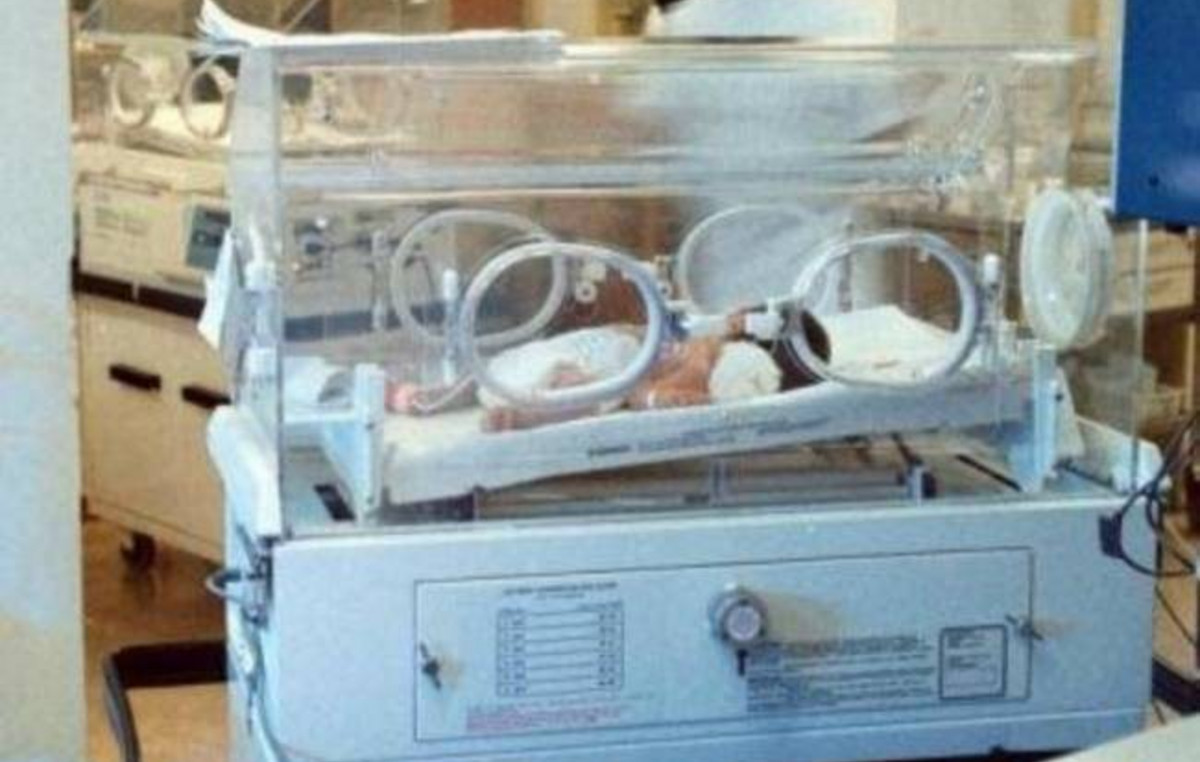By Leonidas Stergiou
A year ago, almost half of Piraeus Bank loans were in the red. In 2021, the non-performing loans (NPE) ratio in terms of total financing fell to 12.6%, ie reduced by 32.7 percentage points from the levels closed in the year 2022. This is the largest decrease in the red loan ratio held within 12 months, following that of Alpha Bank. However, the smallest percentages of red loans (single digits) were presented in December 2021 by Eurobank and the National Bank.
In the economy and markets we know that there is no free dish. There were capital increases and large securitizations of red loans, but also other movements of capital increase, such as loan sales, synthetic securitizations, card network sales, voluntary exits, closing of stores, etc. Other moves cost capital and profitability, others offset these losses.
The Sunrise plan
Last March, Piraeus Bank announced the Sunrise plan for its consolidation and its entry into development, with a new business plan that will be announced on April 6.
Since last March, 95% of the Sunrise project has been implemented, through which the following moves have been completed:
· Capital increase 1.4 billion (April 2021)
· Additional tier issue I 0.6 billion (June 2021)
· Issue of a green bond of 0.5 billion (October 2021)
· Profits of 0.4 billion from a bond portfolio (first quarter 2021)
· 0.2 billion from synthetic securitizations – Ermis plan 1.2 (second-third quarter 2021)
· 0.2 billion from management of non-core holdings – Mayfair plan (4th quarter 2021)
· 0.3 billion from a split in the card acceptance industry – Thalis plan (first quarter 2021)
· 7 billion securities NPE Phoenix / Vega (second quarter 2021)
· 7 billion securitization of NPE Sunrise 1 (third quarter 2021)
· 3 billion securitization of NPE Sunrise 2 (4th quarter 2021)
· 0.5 billion ΝPE leasing (third quarter 2021)
· 0.4 billion NPE shipping (first quarter 2021)
The remaining 5% of the Sunrise plan consists of mature moves. These are the NPE Sunrise 3 securitization (0.6 billion euros) and two synthetic securitizations.
The result
As stated by the CEO of Piraeus Bank Mr. Christos Megalou during the presentation of the results of 2021, the Bank is now entering a phase of growth and net profitability with a goal of 10% per annum (RoE), financing the real economy with net credit expansion 1 , 3 billion in 2022 and with a single-digit percentage of red loans within the year.
Also, from the results of the year 2021, compared to 2020, Piraeus Bank:
Increased net income to 2.5 billion euros from 1.9 billion, recording the highest amount, followed by Alpha Bank (1.95 billion)
Reduce operating costs below 1 billion euros
Adjusted earnings before taxes almost doubled to 665m euros.
It reduced staff from 10,000 to 8,900, with a corresponding reduction in staff costs of 166m euros.
The adjusted cost-to-income ratio decreased from 49.5% to 46.2%.
Risk costs decreased from 112 basis points to 72 basis points
The market value increased to the level of 1.8 billion euros from the corresponding 350 million euros in mid-2019 before the AMK and the Sunrise plan.
Gains and losses until the consolidation
It was preceded by recapitalizations, non-payment of cocos, reduction of the stock market value, increase of the HFSF percentage and then its reduction by capital increase, causing intense discussions that reached the Parliament. Piraeus Bank with a value of 3.7 billion euros in 2015, in 2019 had fallen to 354 million euros. The first installment of cocos was not paid in 2018 and the second was not allowed by the European supervisory authorities at the end of 2020, leading the HFSF participation to 61%. Finally, in mid-April 2021, the terms of the share capital increase up to 1.38 billion euros are announced, which is completed at the beginning of May with the listing of the new shares on the ATHEX. After AMK, the HFSF percentage drops to 27%.
The cost of securitizations reduced organic income and capital, which was reflected in the fiscal year 2021. This happened to all banks that proceeded with large securitizations, as was the case with Alpha Bank. On the one hand, interest income from accruals on loan portfolios decreases with the sale of NPEs, while organic expenses increase, but in a lump sum. Eurobank, which had earlier started its capital increase and reduction of red loans, came to close the fiscal year 2021 with profits, without having to deduct corresponding extraordinary expenses. Something similar happened with the National Bank, where the securitization burdens the balance sheet upwards, while it did not have a large capital impact. Alpha Bank, on the other hand, recorded losses in 2021, but only due to the re-recognition of red loans – in fact, the securitization of Alpha Bank was the second largest in Europe.
If, however, these extraordinary and non-recurring consolidation losses are not taken into account, all four systemic banks significantly improved their profitability in 2021. The adjusted net profits of Piraeus Bank almost doubled in 2021 compared to in 2020, reaching 665 million euros (from 312 million euros). National increased from 604 million to 848 million in 2021, Eurobank to 585 million (from 710 million due to a small charge again from a new securitization), and Alpha Bank to 548 million (from 550). But if these charges are taken, then the final net losses for shareholders closed in 2021 at 3 billion for Piraeus and 2.9 billion for Alpha Bank. The other two were burdened in the fiscal year 2020 and earlier.
Read also:
Piraeus Bank: At € 665 million pre-tax profits on a recurring basis (March 2022)
Piraeus Bank: Presented the new strategic plan “Sunrise” – to AMK by approximately € 1.0 billion (March 2021)
These are conditions of the share capital increase of Piraeus Bank (April 2021)
Source: Capital
Donald-43Westbrook, a distinguished contributor at worldstockmarket, is celebrated for his exceptional prowess in article writing. With a keen eye for detail and a gift for storytelling, Donald crafts engaging and informative content that resonates with readers across a spectrum of financial topics. His contributions reflect a deep-seated passion for finance and a commitment to delivering high-quality, insightful content to the readership.







